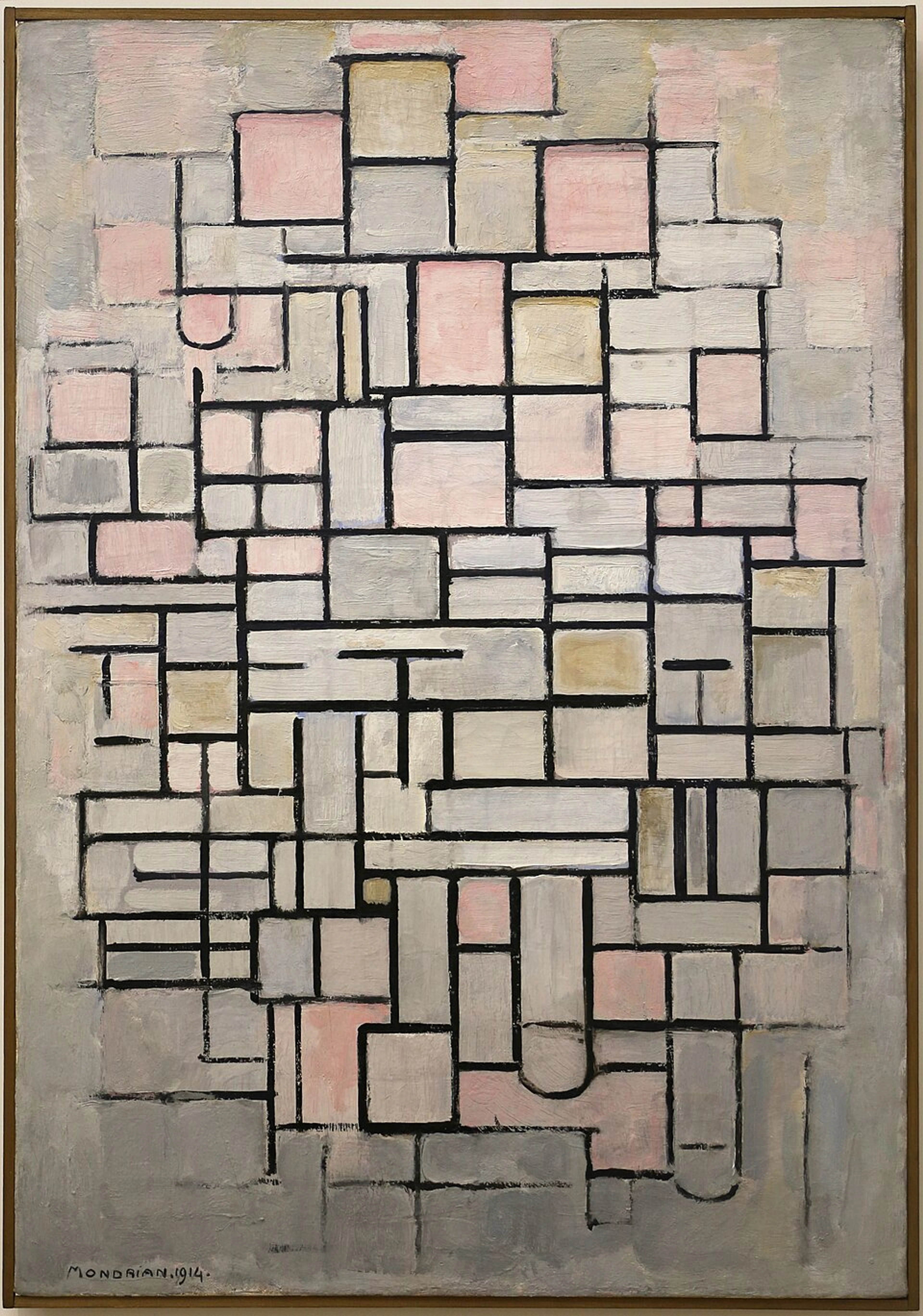
Demystifying Abstract Art: Your Personal Guide to Connection & Meaning
Unlock abstract art's secrets. This personal guide, by an abstract artist, helps you truly 'see' non-representational works, find your own meaning, and connect emotionally. Start your unique art journey today.
Demystifying Abstract Art: A Personal Guide to Finding Meaning
Okay, let's be honest. When you first encounter abstract art, especially if you're like me – someone who used to think art had to look like something – it can feel a bit... well, alien. Like staring at a wall of vibrant squiggles and thinking, "Is this just paint thrown at a canvas, or am I missing some profound secret handshake?" I've been there, trust me. For years, I approached abstract art with a mix of curiosity and mild exasperation, convinced that there was some hidden manual I hadn't received. I even tried to understand it academically, reading theories and dissecting movements, only to feel more lost in a labyrinth of 'isms.'
But here's the beautiful, slightly inconvenient truth I eventually stumbled upon: there is no manual. Not one that dictates meaning, anyway. Instead, abstract art invites you to write your own manual, to find your own meaning. And that, my friends, is where the real fun, and sometimes the real awkwardness, begins – but also where a whole new world of visual conversation opens up, waiting just for you, offering paths to self-discovery and a deeper emotional connection than you might expect. And as an artist who creates abstract work, I can tell you, this isn't just about 'understanding' art; it's about fostering a profound connection with each piece, a visual conversation waiting just for you. So, grab a cup of coffee (or a glass of wine, depending on your art-viewing mood), and let's unravel this together, not with a lecture, but with a chat – a very personal chat.
Why Abstract Art Feels So... Abstract (And That's Okay)
I remember vividly standing in a gallery, staring at a sprawling canvas of muted grays and sharp, unsettling reds. My internal monologue was a cacophony of questions: "What am I supposed to feel? Is this supposed to mean something? Did the artist just have a really bad day with a paintbrush?" It's a common feeling, isn't it? We're conditioned to look for narratives, for recognizable forms, for a story we can easily grasp. And when the story isn't immediately obvious, we feel lost, perhaps even a little silly. I certainly did, often feeling like I'd walked into a party where everyone knew the secret handshake but me.
Part of this departure from the literal began with the advent of photography, which freed painters from the need to merely reproduce reality. This liberation wasn't just about photography; it coincided with broader cultural shifts – new philosophical inquiries, the rise of psychoanalysis exploring the subconscious, and a world reeling from industrialization and war. Artists sought to express the unseen, the emotional, the spiritual, or universal truths that transcended mere physical representation. But the magic, and sometimes the frustration, of abstract art lies in its departure from the representational. It's less about showing you a specific tree and more about showing you the feeling of a forest, or the energy of growth. It speaks in a different language – one of color, form, texture, and composition. And like any new language, it takes a moment to tune in. My personal journey involved a lot of staring. Just... staring. And then, slowly, a shift. I started seeing the painting not as a riddle to be solved, but as a visual experience to be felt. It’s less about what it is and more about how it makes you feel, or what forgotten dreams or passing emotions it gently reminds you of. If you're pondering the broader question of art's purpose, you might find some interesting thoughts in What is the Meaning of Art.
The Art of Seeing (Not Just Looking)
This is where my internal 'aha!' moment happened. I used to look at abstract art. Now, I try to see it. What’s the difference? Looking is passive; seeing is active. It's about letting your eyes wander, noticing details without judgment, and allowing your intuition to take the lead. Think of it like a visual meditation. Honestly, sometimes I still catch myself just 'looking,' hoping for an instant download of meaning – usually while my brain tries to figure out if I left the stove on. It's a practice, a muscle you build. And sometimes, it's just plain awkward.
When I approach an abstract piece, I often start with the most obvious elements:
- Color: What hues dominate? Are they vibrant and clashing, or muted and harmonious? How do they make you feel? Does this color palette evoke warmth, tension, or calm?
- Lines: Are they sharp and aggressive, or soft and flowing? Do they pull your eye in a specific direction or create a sense of chaos?
- Texture: Is the paint thick and impasto-like, or smooth and flat? Does it invite you to touch it, or does it feel like a secret, hidden layer?
- Form and Shape: Are there recognizable geometric shapes, or are they amorphous blobs? Do these forms feel stable or dynamic, enclosed or expanding?
- Light and Value: How does the interplay of light and shadow create depth or flatness?
- Space: Does the artwork feel expansive, confined, or infinite?
- Scale: How does the sheer size of the work impact you? A small, intimate piece invites close contemplation, while a monumental canvas might envelop you, making you feel dwarfed or immersed.
- Composition: How are all these elements arranged? Is there balance, asymmetry, or a central focal point? How does the overall arrangement direct your gaze?
![]()
Take, for instance, a close-up of a Richter abstract. It’s a powerful illustration of how abstract art can be a testament to the physicality of creation and the artist's process, almost like a geological sample. You don't see a face or a landscape, but you can feel the movement, the scrape of the squeegee, the layers of paint. For me, it evokes the passage of time, like geological strata or the blurring of memories, where new experiences overlay but don't erase the old. To understand more about his unique approach, dive into Ultimate Guide to Gerhard Richter.

Or consider Christopher Wool, whose work is a prime example of how abstract art can convey raw energy and a sense of deliberate spontaneity through seemingly random markings and drips. I remember one Wool piece that initially struck me as pure chaos, but the more I looked, the more I saw a deliberate, almost dance-like quality in the drips, a raw, unflinching honesty. It's about the dance between intention and spontaneity, often leaving visual clues to the artist's hand. Explore his bold approach in Ultimate Guide to Christopher Wool.
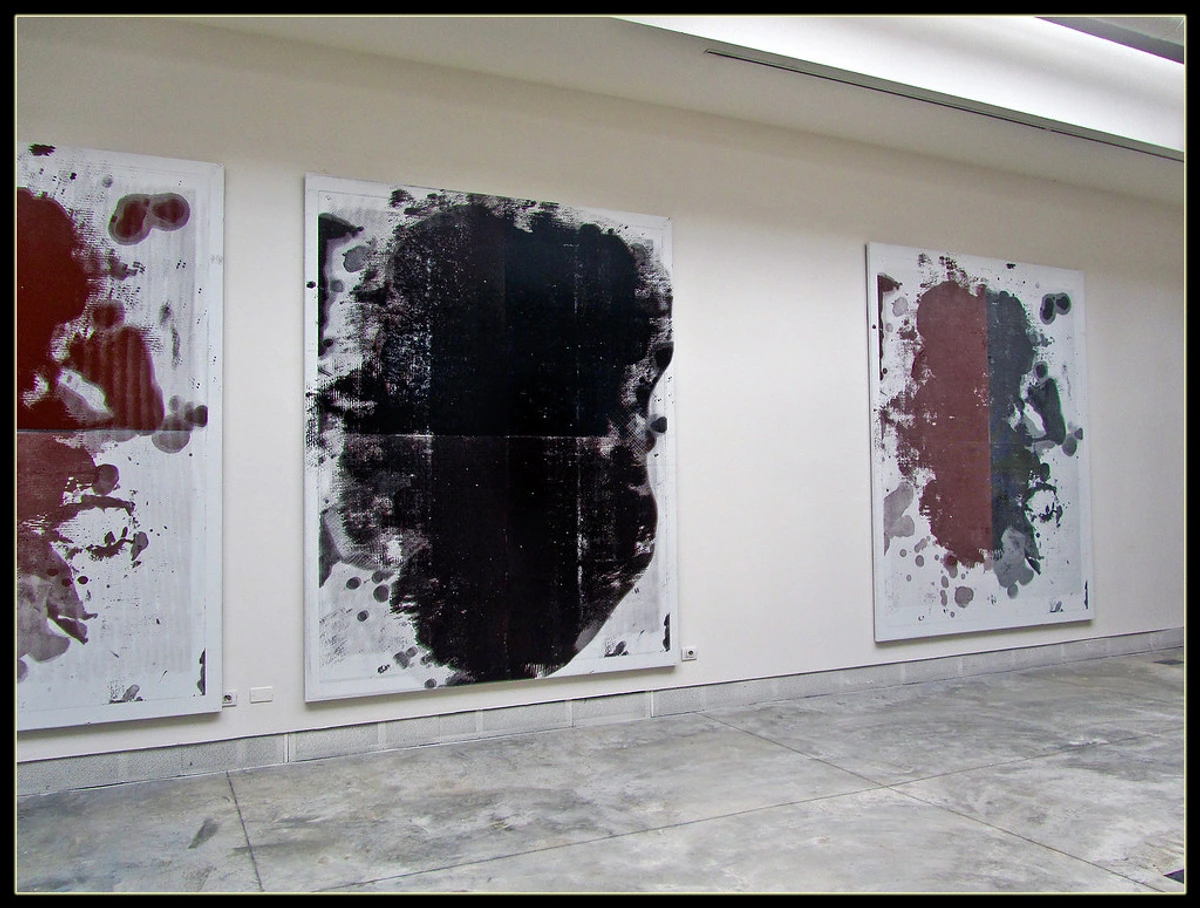
And then there’s Yayoi Kusama, whose immersive environments are a testament to how abstract art can create profound, sensory experiences through repetition and space. While often featuring repetitive patterns, her work transports you into a world where boundaries blur, and the sheer repetition of form and color evokes a feeling of infinity or obsession. It's a completely different way to experience abstraction, moving beyond a single canvas to an entire sensory landscape.
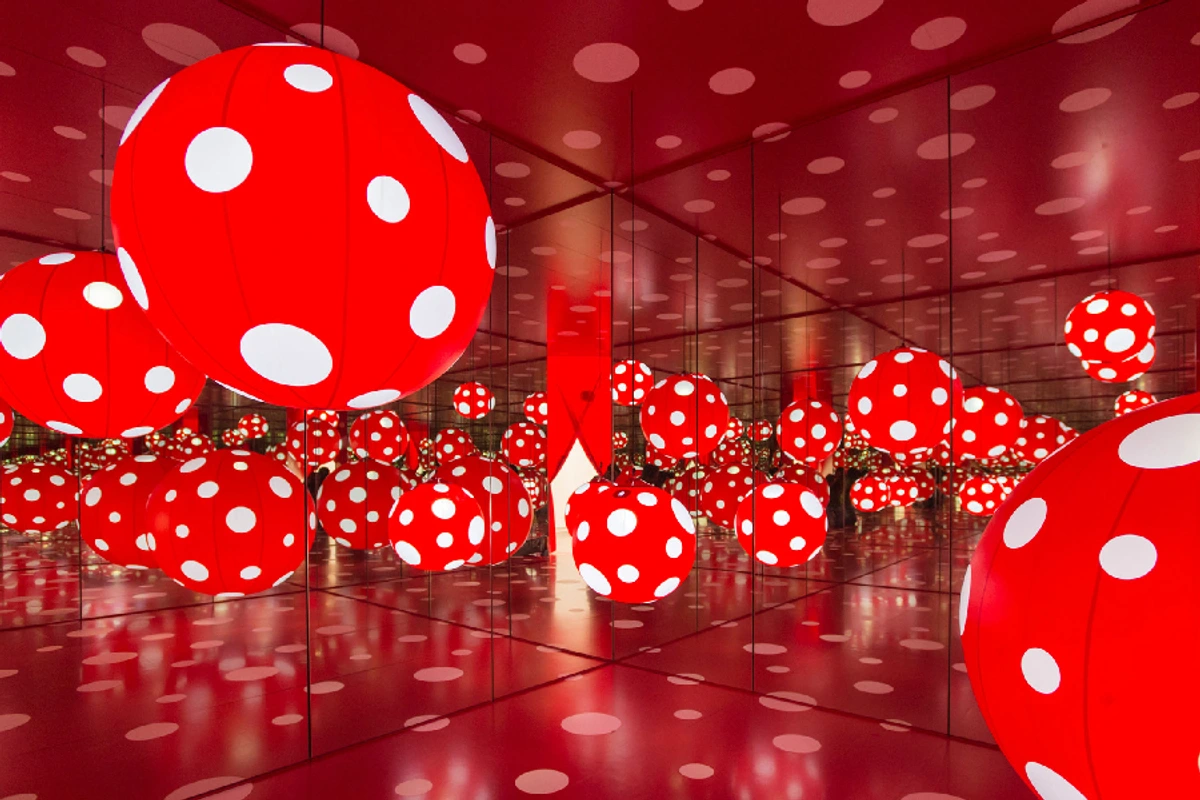
For me, it's in this intimate conversation that artists truly shine, using their visual language to evoke feelings and ideas that transcend literal depiction. Next time you’re face-to-face with an abstract piece, try this: pick just one element – say, the color red, or a single jagged line – and focus solely on it for a minute. What does it do? How does it make you feel? It’s a tiny step, but sometimes, that’s all it takes to unlock a whole world. To dive deeper into how color can be a narrative in itself, explore How Artists Use Color or The Emotional Language of Color in Abstract Art. To understand the fundamental components of how artists build these visual experiences, check out What is Design in Art. And for a focus on texture, see The Role of Texture in Abstract Art: A Sensory Exploration.
Your Feelings, Your Meaning: The Ultimate Interpreter
This is the big one, the mic drop moment for abstract art: its meaning is often found within you. And frankly, what a relief! For a long time, I walked around feeling like I was failing some secret abstract art exam I didn't know the answers to. But here's the liberation: while the artist certainly pours their intentions, emotions, and a meticulous (or wildly spontaneous) process into their work, once it's out there, it's open to interpretation. And your interpretation is just as valid as anyone else's, even mine. This was a huge relief for my once-anxious brain. While an artist might have a specific message or feeling they intend to convey, and understanding that context can certainly enrich your experience, it doesn't negate your personal response. Think of it as a conversation where both voices matter, an interplay where the artist's initial spark meets your unique emotional landscape.
I once saw a painting that looked, to my eyes, like a chaotic explosion. My friend, standing next to me, saw a calm, blossoming garden. We both laughed, realizing neither of us was "wrong." The painting simply resonated with us differently based on our own experiences and current moods. It wasn't a failure to understand; it was a success of personal connection.
Consider Kandinsky's work, often seen as pioneering in its move towards pure abstraction, aiming to evoke spiritual and emotional responses directly through color and form. You don't need a narrative to feel the impact.
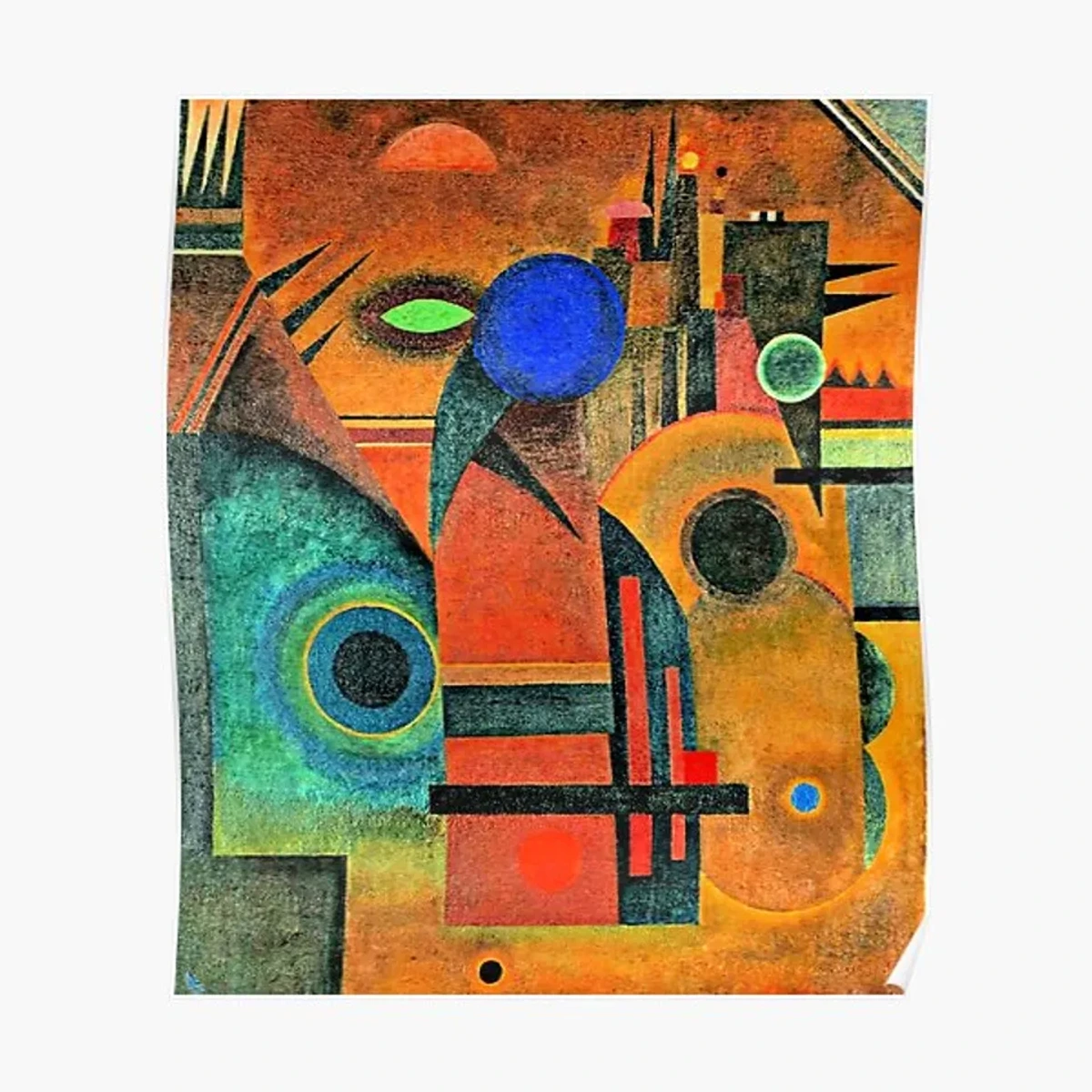
So, rather than asking "What does it mean?" try asking "What does this make me feel?" Does it feel energetic? Serene? Mysterious? Does it remind you of a distant memory, a piece of music, or a particular state of mind? This is your unique conversation with the artwork. If you're looking for more guidance on unlocking these personal meanings, these articles might help: Decoding Abstract Art: A Guide to Finding Meaning in Non-Representational Works offers a broader overview, while Decoding Abstraction: A Beginner's Guide to Understanding Non-Representational Art provides a more foundational introduction for newcomers.
A Few "Anchors" (If You Really Need Them)
While I advocate for personal interpretation, I also get that sometimes, a little context can be like a warm blanket on a chilly day – or perhaps, for my analytical brain, a tiny roadmap in a vast, beautiful wilderness. Knowing a bit about art movements or the artist's general philosophy doesn't dictate your experience, but it can offer a gentle nudge, often enriching your personal connection by illuminating the artist's intent or the historical 'why' behind the work. After all, abstract art isn't just one thing; it's a vast field born from diverse motivations.
For example, if you know a piece is from the Abstract Expressionist movement, you might understand that the artist was less concerned with depicting reality and more with conveying raw emotion, energy, or their subconscious through bold gestures and spontaneous marks. This movement, emerging post-WWII, often reflected a desire for personal freedom and intense emotional expression, moving away from traditional narrative in part due to a disillusionment with established orders and a search for new forms of truth. To dive deeper into this explosive period, check out Ultimate Guide to Abstract Expressionism.

On the other hand, movements like De Stijl, championed by artists like Piet Mondrian, pursued a completely different path: pure geometric abstraction. Here, the artist's motivation was often philosophical or spiritual, aiming for universal harmony and order through simplified forms and primary colors, a stark contrast to the emotional intensity of Abstract Expressionism. This rigid pursuit of essential forms was often influenced by a desire to rebuild society on rational, harmonious principles after the chaos of World War I. And then there's Lyrical Abstraction, exemplified by artists like Helen Frankenthaler, which, while also non-representational, often emphasizes expressive, flowing lines and soft, atmospheric color fields, focusing on subjective feelings and musical qualities rather than strict geometry or aggressive gestures. This highlights the incredible range within the abstract world.
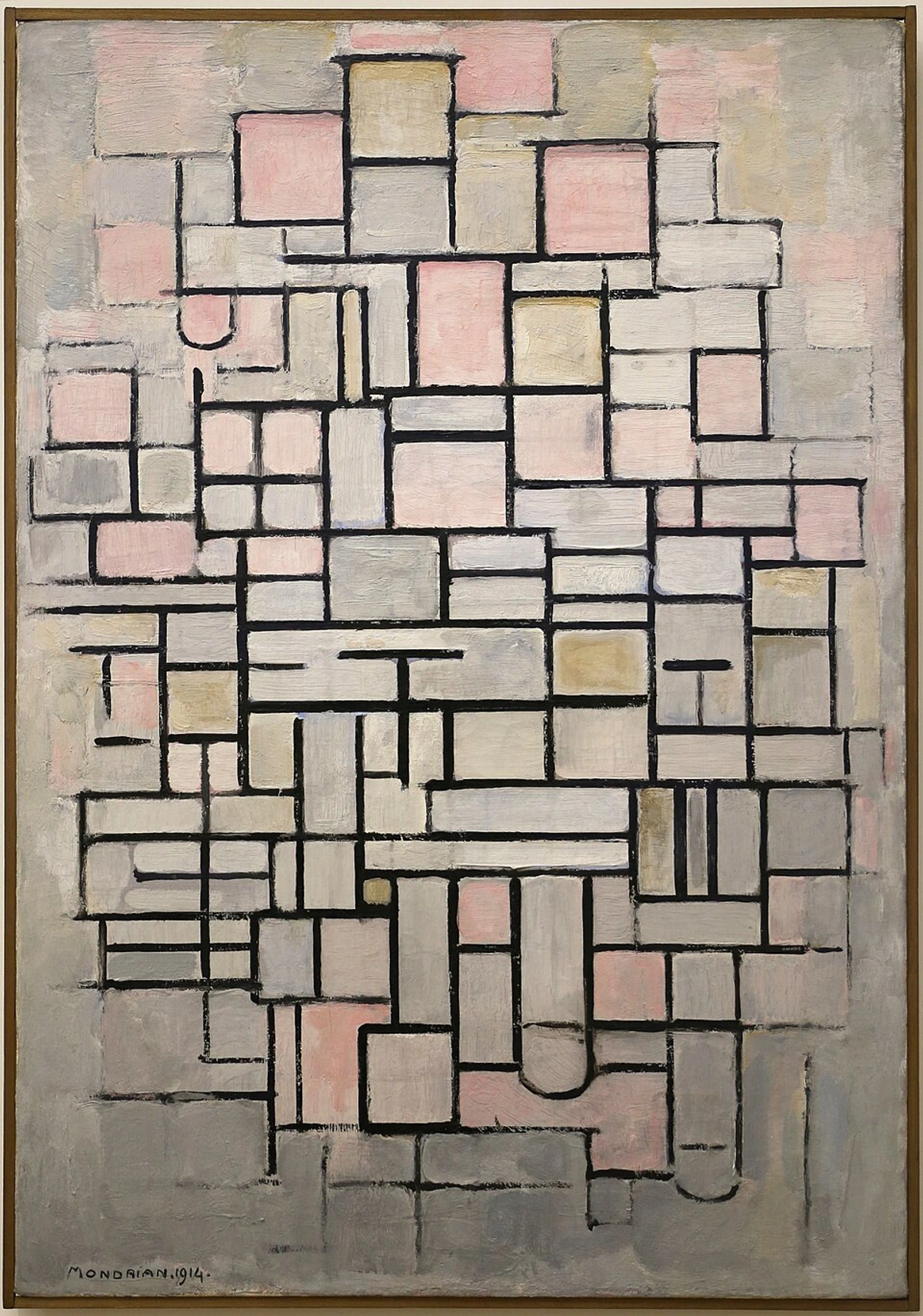
And for yet another contrast, consider Minimalism. Artists like Frank Stella or Donald Judd stripped art down to its most essential forms – often geometric, monochromatic, and industrial in their precision. Here, the focus shifts to the object itself, its relationship with the space it occupies, and the viewer's immediate physical experience rather than emotional or narrative content. It’s a challenge to the very idea of 'expression,' aiming for pure, unadulterated form. Sometimes, my brain just needs that kind of clean, stark simplicity after grappling with a particularly exuberant Abstract Expressionist piece.
This background can be helpful, but it's important not to let it dictate your experience. It's a starting point, not the destination. If you're curious about the historical context and how these various threads weave together, exploring The Evolution of Abstract Art: Key Movements and Their Collectible Value or even the broader History of Abstract Art could be a great next step.
My Journey with Abstract Art (And Yours Can Begin Too)
Ready to dive into my own messy, glorious journey with this art form and see how it reflects my philosophy?
As an artist who creates abstract work, my process is deeply intuitive, often starting with a feeling or a fleeting image in my mind that I then translate through color and form onto canvas. It's a conversation with the paint, a dance of spontaneity and deliberate mark-making. I often think about the layers of life, the hidden complexities, and how to express them without telling a literal story. I might aim to capture the quiet hum of a city at dawn, or the vibrant chaos of a dream, through my brushstrokes and layers of pigment. There are days where the paint just refuses to cooperate, leading to what I affectionately call 'happy accidents' (or, more often, 'frustrated, paint-splattered detours'), but even those contribute to the story. One time, I was trying to achieve a very precise blend of blues, and the paint just... didn't. It ran, it mixed in an unexpected way, and for a moment, I was utterly frustrated. But then, I stepped back, saw the new form, and realized it captured the feeling of 'unpredictability' even better than my initial intention. It was a breakthrough not just for that painting, but for my understanding of embracing the unknown in art, much like how we learn to embrace the unknown in abstract viewing. This personal journey of deciphering abstract art as a viewer – letting go of expectations, embracing emotion, and finding my own story within the forms – has directly shaped how I approach my own canvases. It’s why I strive to create works that invite, rather than demand, interpretation; pieces that act as mirrors, reflecting something unique back to each viewer.
If you're interested in the 'why' behind my own creations, you can delve into Why I Paint Abstract: My Personal Philosophy and Artistic Vision. For a peek into the messy, glorious reality of how these pieces come to life, check out The Art of Intuitive Painting: Embracing Spontaneity in Abstract Creation.
My ultimate hope is that my art, much like the abstract pieces we've discussed, invites you to slow down, feel, and connect on a personal level. There's no right or wrong, only your unique experience. If this journey has sparked a new curiosity in you, I invite you to see how my personal philosophy translates onto canvas. Perhaps you'll find a piece that sparks its own conversation with you. Feel free to explore my art for sale, or if you're ever in 's-Hertogenbosch, drop by my museum for a real-life encounter with the work – a chance to have your own unique conversation with the art, just like we've had today.
Frequently Asked Questions About Abstract Art
Sometimes, even after all the personal pondering, a few practical questions linger. Here are some I often hear (and used to ask myself!):
Question | My Personal Take | What to Remember |
|---|---|---|
| Is abstract art just random? | Absolutely not! While spontaneity plays a role, there's often deep intention, a meticulous process, or an underlying structure. It's like watching a masterful chef; the final dish looks effortless, but the craft is immense. | Look for repetition, balance, rhythm, or a dominant color story. |
| How do I know if it's "good" abstract art? | This is the trickiest one, isn't it? For me, "good" abstract art evokes a feeling, sparks a thought, or simply captures my attention in a compelling way. It doesn't have to be universally loved, but it should resonate somewhere within you. | Trust your gut. If it resonates with you, it's good. If it provokes curiosity, even better. |
| Can abstract art have a story? | Oh, absolutely! Just not a literal one. It can tell the story of an emotion, a sound, a memory, or even the artist's own physical process. Think of it as a poem, not a novel. | The story is often told through elements like brushstrokes, color shifts, and the overall composition. |
| Does abstract art require skill? | Definitely! While it might not always involve traditional realism, abstract art demands a profound understanding of color theory, composition, texture, and often a mastery of materials. My own process, for example, is built on years of practice, experimentation, and a deep knowledge of how different pigments interact. | The skill lies in orchestrating visual elements to evoke a specific feeling or idea, which is incredibly challenging. |
| Is abstract art just for 'art experts' or 'rich people'? | Absolutely not! That's like saying music is only for composers or ballerinas. Abstract art is for anyone willing to open their mind and feel. It's a personal journey, not an exclusive club. | Your connection to the art is what matters, not your background or bank account. |
| Is abstract art purely decorative? | While it can be wonderfully decorative, its purpose often extends far beyond aesthetics. Many abstract artists seek to explore profound concepts, emotions, or social commentary without needing to represent them literally. | It often serves as a visual language for ideas that resist literal depiction. |
| How do I begin appreciating abstract art if I'm completely new to it? | Start small. Don't feel pressured to 'get' it immediately. Visit a gallery, pick one piece that intrigues you (even if you don't know why), and just spend time with it. Let your mind wander. It's about opening a dialogue with yourself. | Begin with curiosity, not expectation. Your personal response is the key. |
| How do I begin buying abstract art for my home? | It can feel daunting, but it's simpler than you think. Start by exploring online galleries or visiting local art fairs. Look for pieces that genuinely resonate with you emotionally or aesthetically, regardless of the artist's fame or price tag. Don't worry about 'matching the couch' initially; focus on what sparks joy or curiosity. Many artists, like myself, offer a range of price points. | Focus on personal resonance, budget, and how it makes you feel in your space. |
| Is it okay if I don't like certain abstract art? | Absolutely! Art is incredibly subjective, and abstract art even more so. It’s like music; you don't have to love every genre or song. If a piece doesn't resonate, that's perfectly fine. | Your honest reaction is the most valid one. Don't force appreciation. |
Embracing the Abstract Journey
So, there you have it. My somewhat rambling, deeply personal guide to demystifying abstract art. It's a journey I'm still on, and honestly, that's the beauty of it. It’s not about arriving at a definitive answer but about enjoying the process of discovery, of feeling, and of allowing a piece of art to speak to your soul in its own unique, non-literal way. There’s no test, no wrong answers, just an invitation to connect.
So go forth, stare at some squiggles, feel the colors, trace the lines with your eyes, and listen to what the art whispers to you. You might just surprise yourself with the profound conversations you'll have with a canvas. What new meanings will you discover today? Write your own magnificent manual for understanding the abstract.




